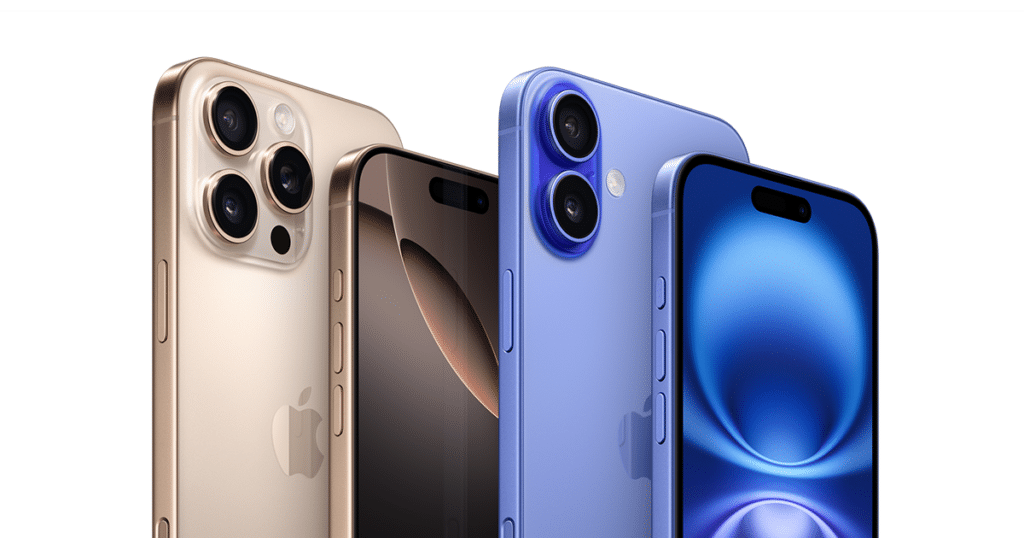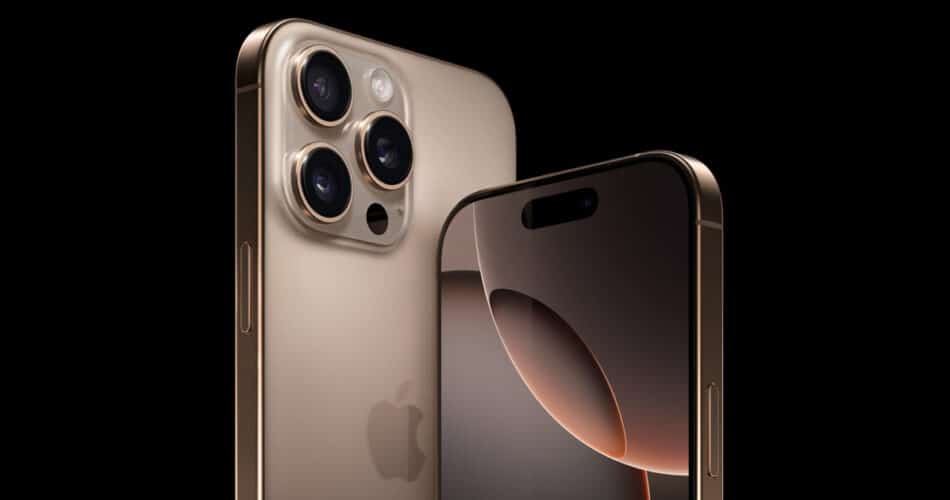Apple’s plans to create an iPhone with a completely bezel-free display are reportedly facing significant technical challenges, with a new report suggesting that the technology may not be ready by 2026 as previously anticipated. The company has been working aggressively to reduce the bezels on its devices, with the iPhone 16 Pro models already boasting some of the slimmest borders in the market. However, the development of a true zero-bezel iPhone remains a daunting task.
Reports from The Elec indicate that Apple has been collaborating with Samsung Display and LG Display to develop the advanced screen technology needed for a bezel-free iPhone. Despite their efforts, both suppliers are encountering significant obstacles in perfecting the required technologies. Apple’s vision for this device diverges from existing curved display implementations seen in some Android smartphones. Instead of adopting a design that wraps the display with curves, which can result in a “magnifying glass effect,” Apple is pursuing a flat display that seamlessly extends over the edges, akin to the design of the Apple Watch. This approach aims to maintain the iPhone’s signature angular sides while creating a pebble-like aesthetic for the device.

The technical challenges of achieving this design are considerable. Samsung and LG need to refine two critical technologies: Thin Film Encapsulation (TFE) to protect OLED displays from environmental damage and Optical Clear Adhesive (OCA) to bond transparent adhesive films around the curved edges. Additionally, the suppliers must ensure that the design accommodates the iPhone’s antenna without compromising performance or durability. Current OCA solutions suffer from side-view distortion issues, and engineers are still grappling with concerns about the long-term durability of the edge-wrapped display.
Apple’s ambitious timeline for the bezel-free iPhone has been pushed back as discussions with its display partners remain ongoing. The company had initially planned for the iPhone 18, set to launch in 2026, to feature this breakthrough technology. However, the delays suggest that the first zero-bezel iPhone may not arrive until a later model, possibly the iPhone 19 or beyond. These setbacks are reminiscent of Apple’s earlier efforts to eliminate bezels, which began with the iPhone X in 2017 but have progressed incrementally since then.
The bezel-free display aligns with former Apple design chief Jony Ive’s vision of a “single slab of glass,” a concept that has long been a goal for the company. However, practical concerns such as waterproofing, distortion prevention, antenna integration, and impact resistance must be addressed before this vision can become a reality. Apple is also mindful of ensuring that the display remains functional and visually consistent without introducing undesirable effects, like those seen in curved displays from other manufacturers.
While Apple continues to refine its plans, the iPhone 17, rumored to debut in 2025, is expected to feature slimmer bezels but will not achieve the zero-bezel design.
(via The Elec)
Subscribe to our email newsletter to get the latest posts delivered right to your email.

